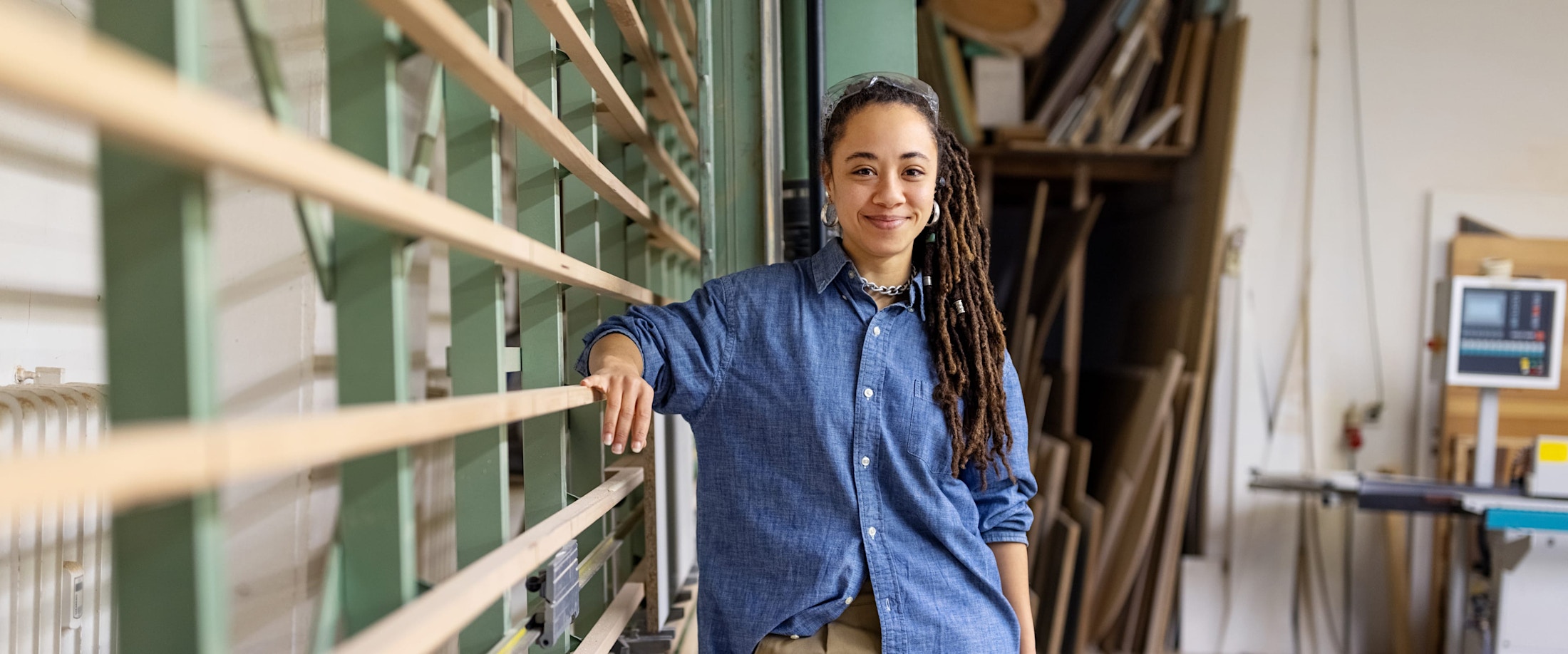Revitalize your hip joint: Explore the benefits of our hip labral repair in Manhattan, Queens, Garden City, Brooklyn, or the Bronx, for improved stability and pain-free movement.
Diagnosing hip pain at New York Joints & Sports
To diagnose a labral tear, the physician will perform a physical examination and take a thorough medical history. It is frequently initially misdiagnosed since a labral tear has similar symptoms to a number of other physical problems. To confirm a suspected diagnosis, an injection of anesthesia may be administered to determine that the source of the pain is within the joint. Testing may include X-rays or an MRI scan to provide a precise view of the structures of the hip joint.







